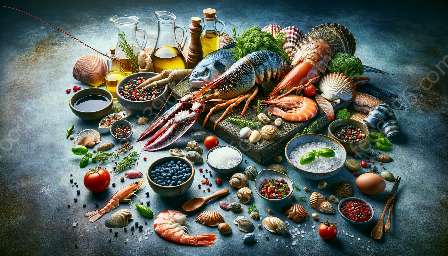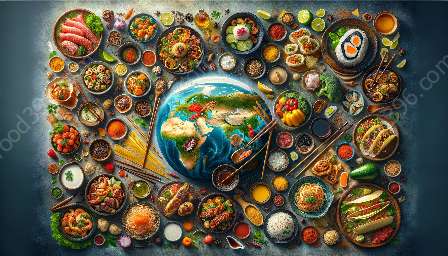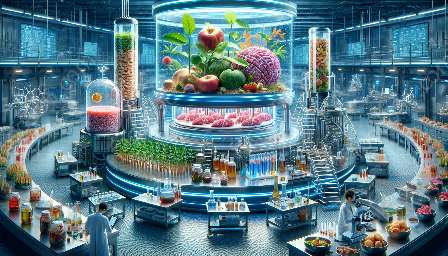Molecular gastronomy has revolutionized the culinary world, bringing science and food together in a way that delights the senses and challenges traditional cooking methods. This innovative approach has captivated chefs and food enthusiasts alike, paving the way for new and exciting dining experiences.
The Science of Molecular Gastronomy
At its core, molecular gastronomy is the scientific study of the physical and chemical processes that occur while cooking. It delves into the mechanisms behind various culinary techniques, such as emulsification, spherification, and gelation, to create unique textures and flavors.
Molecular gastronomy explores how different ingredients interact with one another on a molecular level, leading to the discovery of innovative cooking methods and surprising taste sensations.
Key Principles and Techniques
One of the key principles of molecular gastronomy is the use of hydrocolloids, such as agar-agar and xanthan gum, to modify the texture of foods. By understanding the properties of these ingredients, chefs can create foams, gels, and other intriguing culinary forms that add a playful and interactive element to a dish.
In addition, techniques like sous-vide cooking, which involves vacuum-sealing food in a bag and cooking it in a water bath at precisely controlled temperatures, have become synonymous with the molecular gastronomy movement. This method enhances flavors and textures while preserving nutrients, making it a favorite among chefs seeking to elevate their culinary creations.
Culinary Showmanship and Innovation
While molecular gastronomy places a strong emphasis on scientific precision, it also allows for artistic expression and culinary showmanship. The use of modernist techniques, such as food foams and edible films, turns cooking into a form of edible art that stimulates the senses and sparks creativity.
Furthermore, the practice of molecular mixology, a branch of molecular gastronomy focused on cocktails and beverages, has gained traction in the beverage industry. Bartenders and mixologists are experimenting with techniques like rapid infusion, liquid nitrogen chilling, and flavor encapsulation to craft imaginative and visually stunning drinks.
Molecular Gastronomy and Food & Drink Industry
The influence of molecular gastronomy extends beyond the kitchen, permeating the food and drink industry at large. Its impact can be observed in the realm of food production, where the application of scientific principles to optimize flavors, textures, and shelf life has led to significant advancements in food technology and product innovation.
Chefs and food scientists are partnering with food companies to develop products that showcase the innovative techniques of molecular gastronomy, catering to a consumer base that values both novelty and quality.
Culinary Evolution and Consumer Experience
As molecular gastronomy continues to evolve, it has redefined the way consumers perceive and interact with food. Dining experiences have become more experiential, with diners eagerly anticipating the visual and sensory revelations that molecularly inspired dishes promise.
Consumers are increasingly drawn to restaurants and food establishments that embrace molecular gastronomy, seeking out imaginative dishes and beverages that challenge their traditional notions of taste and presentation.
Conclusion
Molecular gastronomy has proven to be a catalyst for culinary innovation, blending scientific exploration with gastronomic creativity. With its far-reaching influence on the food and drink industry, it offers a compelling narrative of ingenuity and discovery, enriching the culinary landscape and captivating palates across the globe.




































